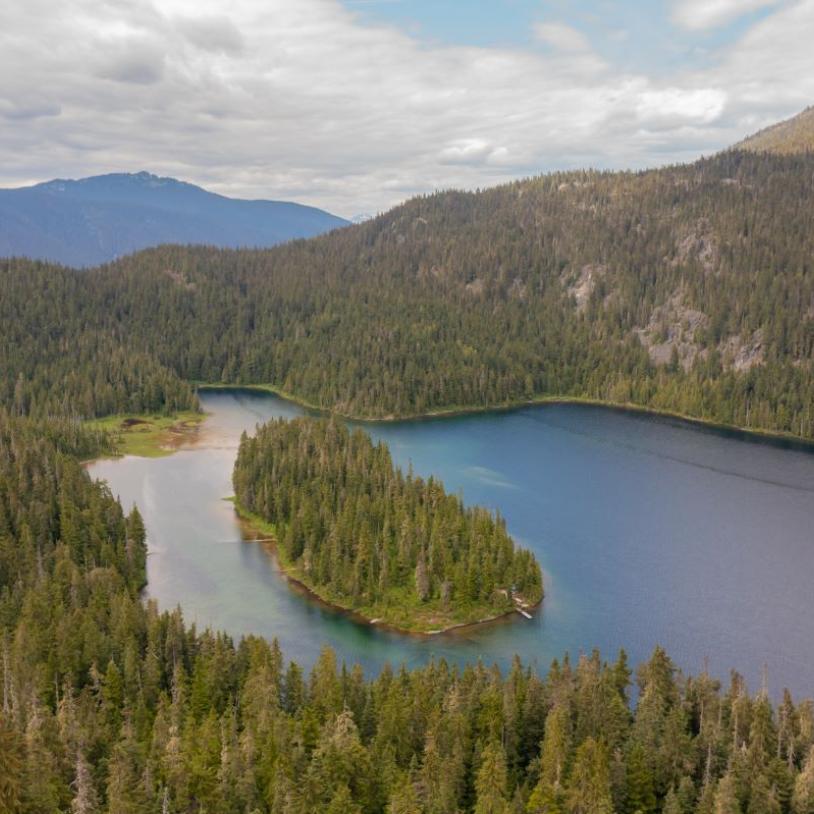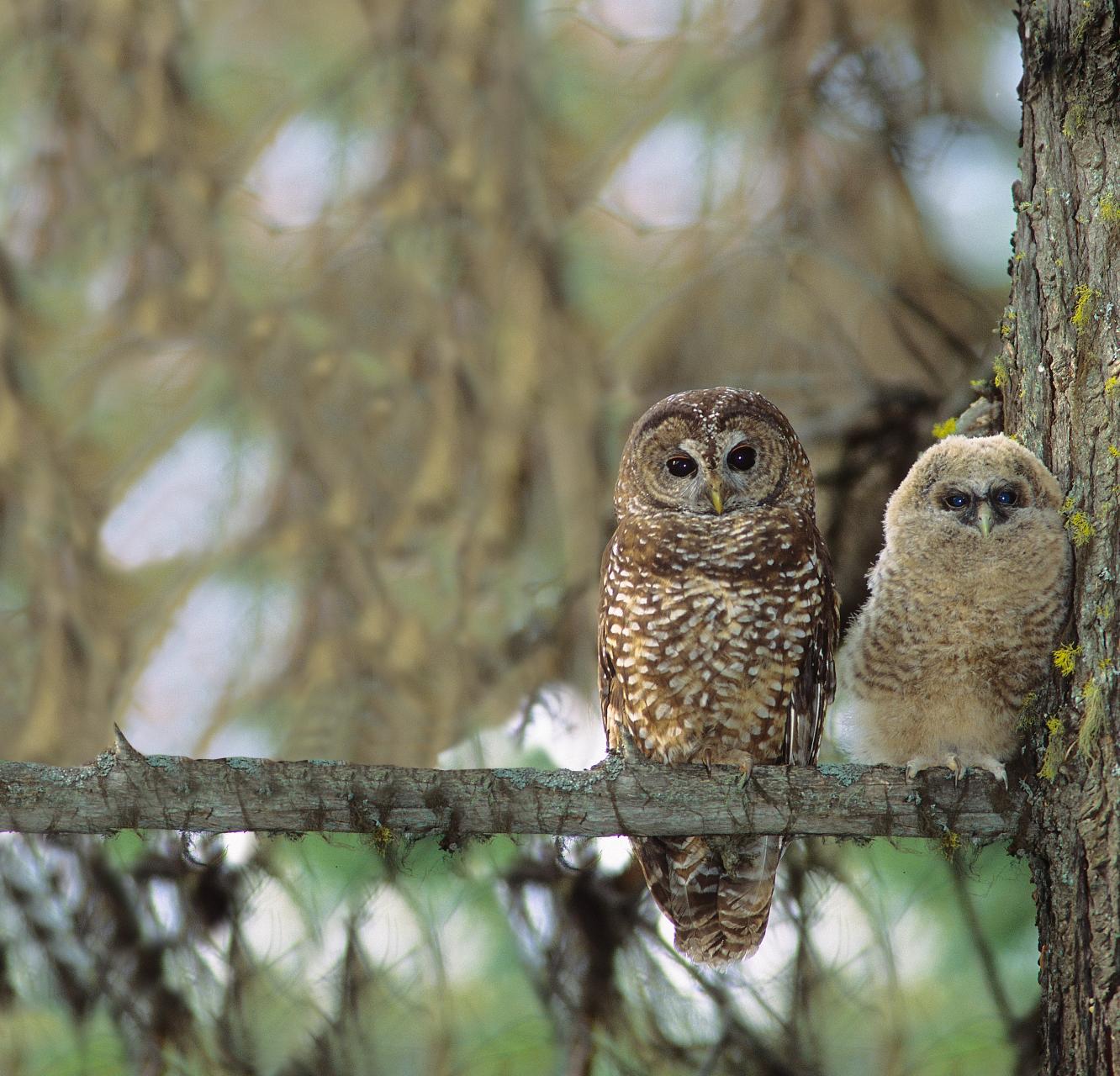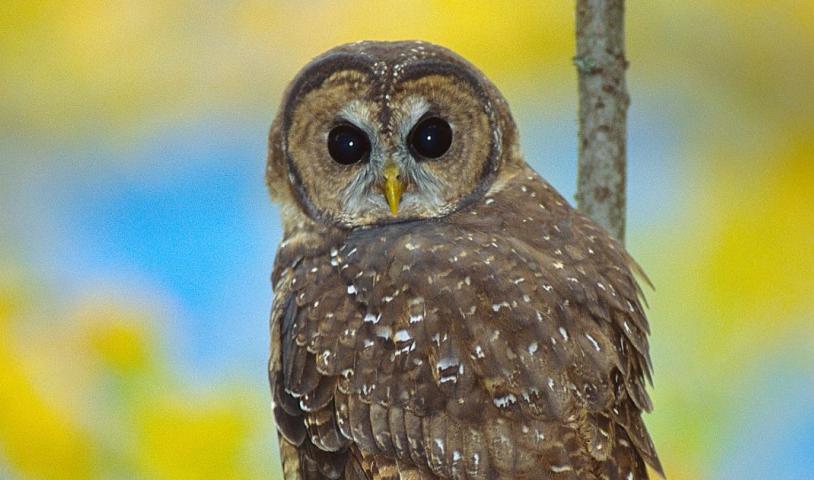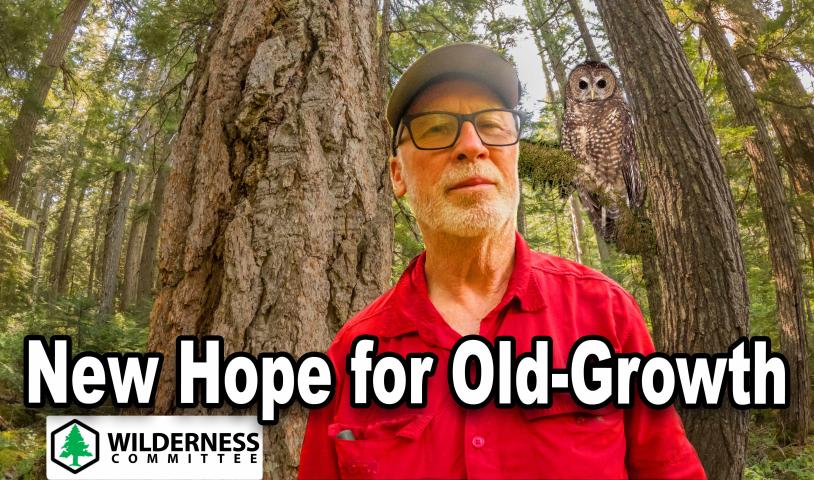Logging, nesting failures put northern spotted owls on brink
Saturday, June 4, 2011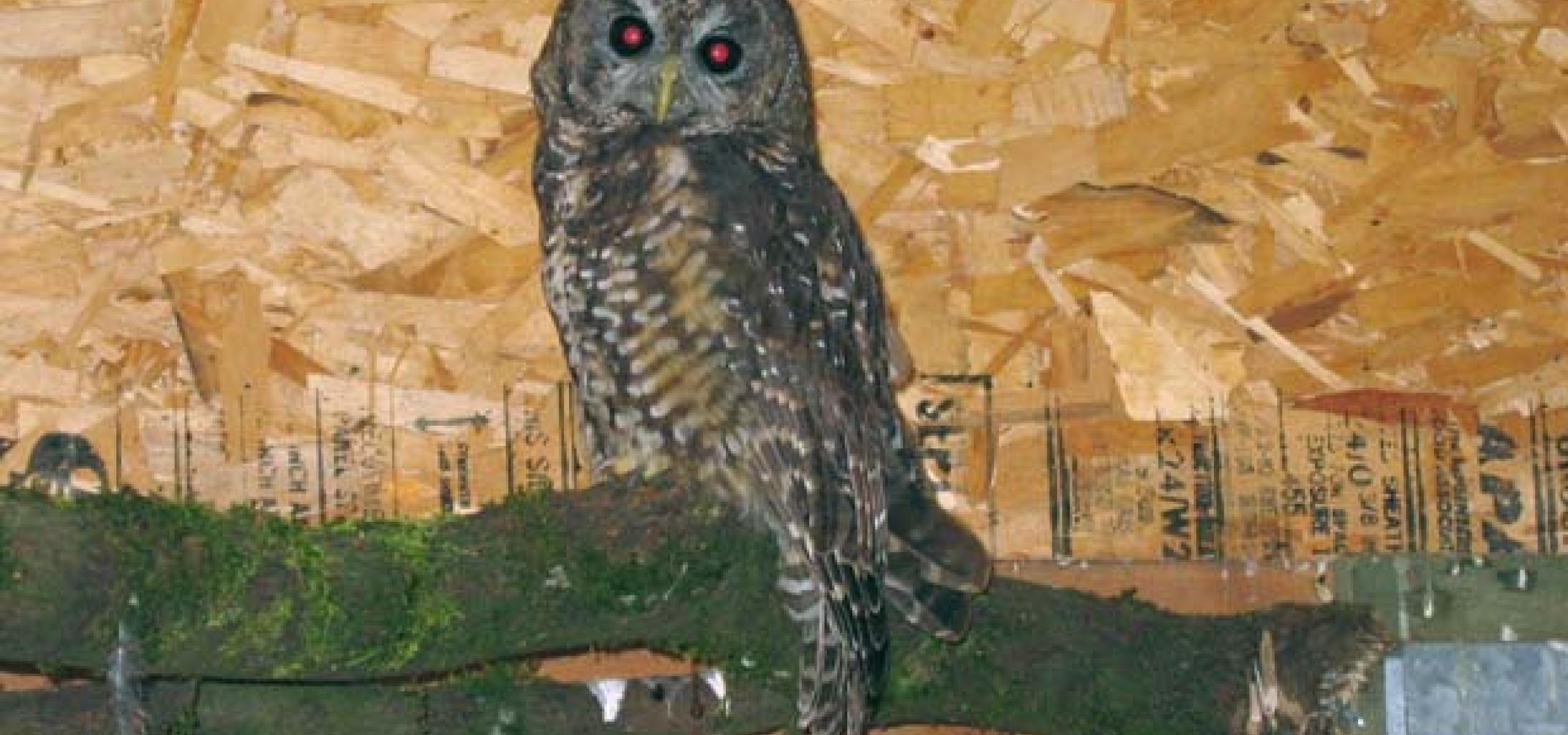
Not one northern spotted owl in B.C.'s captive-breeding program gave birth to young
Habitat of the northern spotted owl — an endangered species that's all but wiped out in the wild in southwestern B.C. — continues to be logged while those owls in captivity are having poor success at breeding.
For a second consecutive year, not one northern spotted owl in B.C.'s captive-breeding program gave birth to young.
"It's very unfortunate," said biologist Ian Blackburn, spotted owl recovery coordinator for B.C.'s Ministry of Environment. "They've gone through the process, eggs were laid. Last year, we're not sure if any were fertile.
"This year we had two fertile eggs, but they failed to hatch."
Twelve owls, including five pairs, are located at Mountain View Conservation and Breeding Centre in Langley. One pair each is also located at Woodland Park Zoo in Seattle, the High Desert Museum in Bend, Ore., and the Cascades Raptor Centre in Eugene, Ore.
All facilities are assisting B.C. in its program to breed the owls in captivity for eventual release back into the wild, where fewer than a dozen are thought to exist.
In a North American first, two pairs of spotted owls successfully hatched young at Mountain View in 2009 and 2008.
While officials are unsure why nesting has failed more recently, part of it might be finding the right "pair bond" of male and female, Blackburn said, noting youth and inexperience of some birds are likely contributing factors.
News of the nesting failures comes as the province implements a new management plan for the owls that allows logging of spotted owl habitat in the Chilliwack Forest District.
Blackburn said the three categories of owl habitat recognized in the management plan include:
- 128,200 hectares of parks and other protected areas, including Metro Vancouver watersheds.
- 27,100 hectares of Wildlife Habitat Areas that are "managed future habitat areas." Logging is permitted provided it allows "structural retention" to help facilitate the regrowth of old habitat. Loggers must retain 15 or 40 of the largest trees per hectare in the stand, depending on the site, while maintaining 10 per cent of the overall forest.
- 71,400 hectares of Wildlife Habitat Areas managed as "long-term owl habitat areas" in which destruction of owl habitat is not allowed. Logging is allowed to "create and enhance" habitat for owls such as thinning second-growth.
Blackburn confirmed there are exemptions in the latter category that do, in fact, allow logging as a way to offset timber losses to companies in other areas for spotted owl protection.
"Some cut blocks were exempted as they were already under cutting permit," he said. "Additional harvest areas were identified and, after careful consideration ... were included in the final mitigation plan to offset short-term timber volume impacts."
Blackburn said the province's intent is to "provide timber-harvesting opportunities while trying to retain structure for future recruitment" of spotted owls under a "government caveat of no-net loss of owl habitat and/or timber supply."
Joe Foy, national campaign director for the Wilderness Committee, argued the stated provincial objective is "out in la-la land" and that both goals cannot be met.
He said it's wrong that "when logging companies whine that they've been cut back too much they're granting them additional cutblocks in those so-called highly protected Wildlife Habitat Areas."
He also described the rules governing "managed future habitat areas" to be "weak and lily-livered" and do nothing to address the pressing immediate habitat needs. "These guys are making them look like Swiss cheese," he said of the owl habitat. "We don't have 200 years. The owl is almost gone."
Of the seven exemptions, five go to Tamihi Logging, the largest of which is 142 hectares at Ford Mountain and Post Creek in the Chilliwack River Valley. The logging there must be consistent with "managed future habitat areas" requirements; afterwards, the site will be managed as "long-term" habitat.
Although the site has had logging in the past, it contains numerous mature Douglas fir and western red cedar trees exceeding one metre in diameter.
Area residents are upset at the pending logging there because they logically assumed that living next to a Wildlife Habitat Area for endangered spotted owls would reduce the likelihood of logging.
"It's really disturbing," said spokesman Glen Thompson of Friends of the Chilliwack River Valley, who raised the alarm on the imminent logging. "Who thought putting a Wildlife Habitat Area in there would bring more logging?
"We thought it would be the opposite. This caught us off guard."
Photo: Northern Spotted Owl held at Mountain View Conservation Society.
